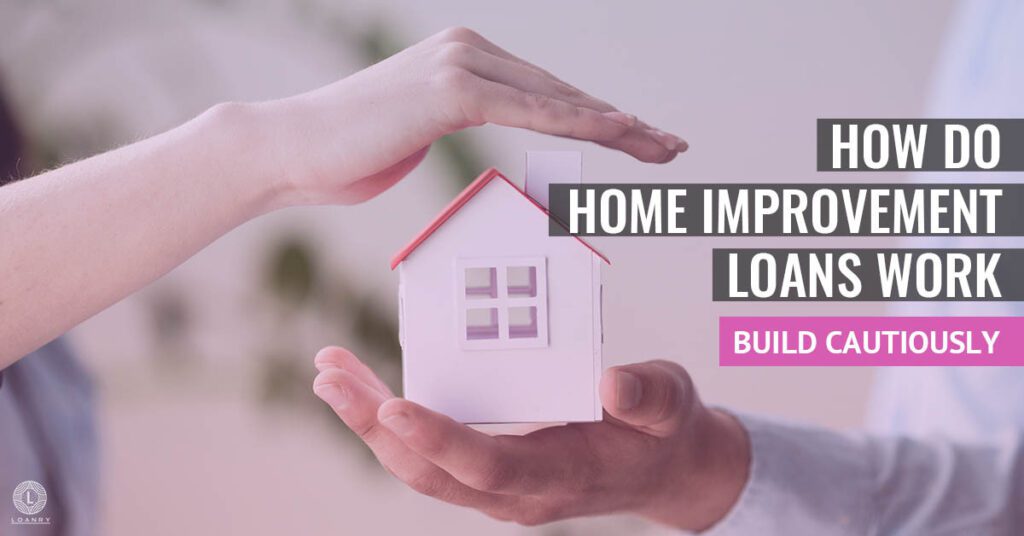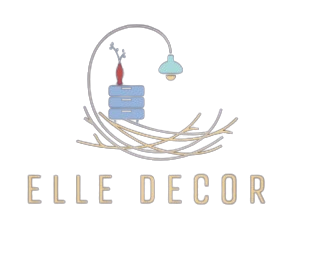Making your home more beautiful or functional is exciting, but it’s no secret that renovations can cost a pretty penny. If you’re looking to finance your home improvements, a loan might be your best bet. In this guide, we’ll break down everything you need to know about getting a home improvement loan, step by step, in a way that’s simple and easy to understand.
What Is a Home Improvement Loan?
A home improvement loan is money you borrow to pay for upgrades or repairs to your home. You agree to pay it back over time with interest. Think of it as a little financial boost to make your home dreams come true.
There are several types of loans available, and we’ll dive into the options to help you choose the best one for your needs.
Types of Home Improvement Loans
1. Personal Loans
These loans are unsecured, meaning you don’t have to use your house as collateral. You can:
- Get funds quickly, often within a few days.
- Use the money for any project, big or small.
However, personal loans often have higher interest rates compared to other options.
2. Home Equity Loans
This loan lets you borrow against the equity (value) of your home. It’s great because:
- Interest rates are usually lower.
- It’s a good choice for major projects like a new roof or kitchen remodel.
But be careful! If you don’t repay, your home could be at risk.
3. Home Equity Line of Credit (HELOC)
A HELOC works like a credit card:
- You’re approved for a certain limit and can use funds as needed.
- You only pay interest on what you borrow.
It’s flexible, but the rates can fluctuate, making budgeting a bit tricky.
4. Government Loans
In some cases, you might qualify for a government-backed loan like the FHA Title I loan. These loans are:
- Designed for homeowners with limited equity.
- Often easier to qualify for than traditional loans.
Check with local housing authorities for programs in your area.
How to Qualify for a Home Improvement Loan
1. Check Your Credit Score
Your credit score plays a huge role in getting approved for a loan. A score above 660 is typically ideal, but don’t worry if yours is lower. Some lenders are more flexible.
2. Evaluate Your Finances
Lenders will look at your income, debts, and how much you’re asking to borrow. Make sure:
- Your debt-to-income ratio is below 43%.
- You have a steady income to show you can repay the loan.
3. Determine Your Home’s Value
For equity-based loans, lenders will check your home’s current value. Upgrades like a new bathroom or energy-efficient windows can help boost your property’s worth in the future.
Steps to Get a Home Improvement Loan
Step 1: Decide What You Need
Start with a clear plan. Ask yourself:
- What renovations are you planning?
- How much will it cost?
Make a list of priorities and get estimates from contractors if needed.
Step 2: Compare Loan Options
Shop around and consider:
- Interest rates (lower is better).
- Loan terms (shorter terms often mean less interest overall).
- Fees, like application or origination charges.
Step 3: Gather Documents
Be ready to provide:
- Proof of income (pay stubs, tax returns).
- Estimates for your project costs.
- Details about your home, like its value and mortgage balance.
Step 4: Apply for the Loan
Submit your application online or in person with your chosen lender. They’ll review your documents and let you know if you’re approved.
Step 5: Use the Funds Wisely
Once approved, use the loan only for your planned upgrades. Stay within your budget and keep receipts for all expenses.
Tips for Getting the Best Loan
1. Improve Your Credit Score
If you have time, work on boosting your credit by:
- Paying bills on time.
- Reducing existing debts.
2. Borrow Only What You Need
Taking on more debt than necessary can make repayments tough. Stick to the amount you truly need for your project.
3. Ask Questions
Before signing anything, ask your lender about:
- Hidden fees or penalties.
- Flexibility in payment terms.
What to Watch Out For
1. Scams
Unfortunately, some shady lenders exist. Always:
- Research lenders and read reviews.
- Avoid offers that seem too good to be true.
2. Overborrowing
It can be tempting to ask for more money than you need. Remember, you’ll have to pay it back with interest.
3. Adjustable Rates
Loans with variable rates can start low but may increase over time, leading to higher payments.
Conclusion: Make Your Dream Home a Reality
A home improvement loan can be a fantastic way to fund your renovations and make your house the cozy haven you’ve always wanted. By understanding your options, shopping smart, and staying within your means, you can transform your space without the stress.
Ready to get started? Take the first step by researching loan options today, and watch your dream home come to life!


